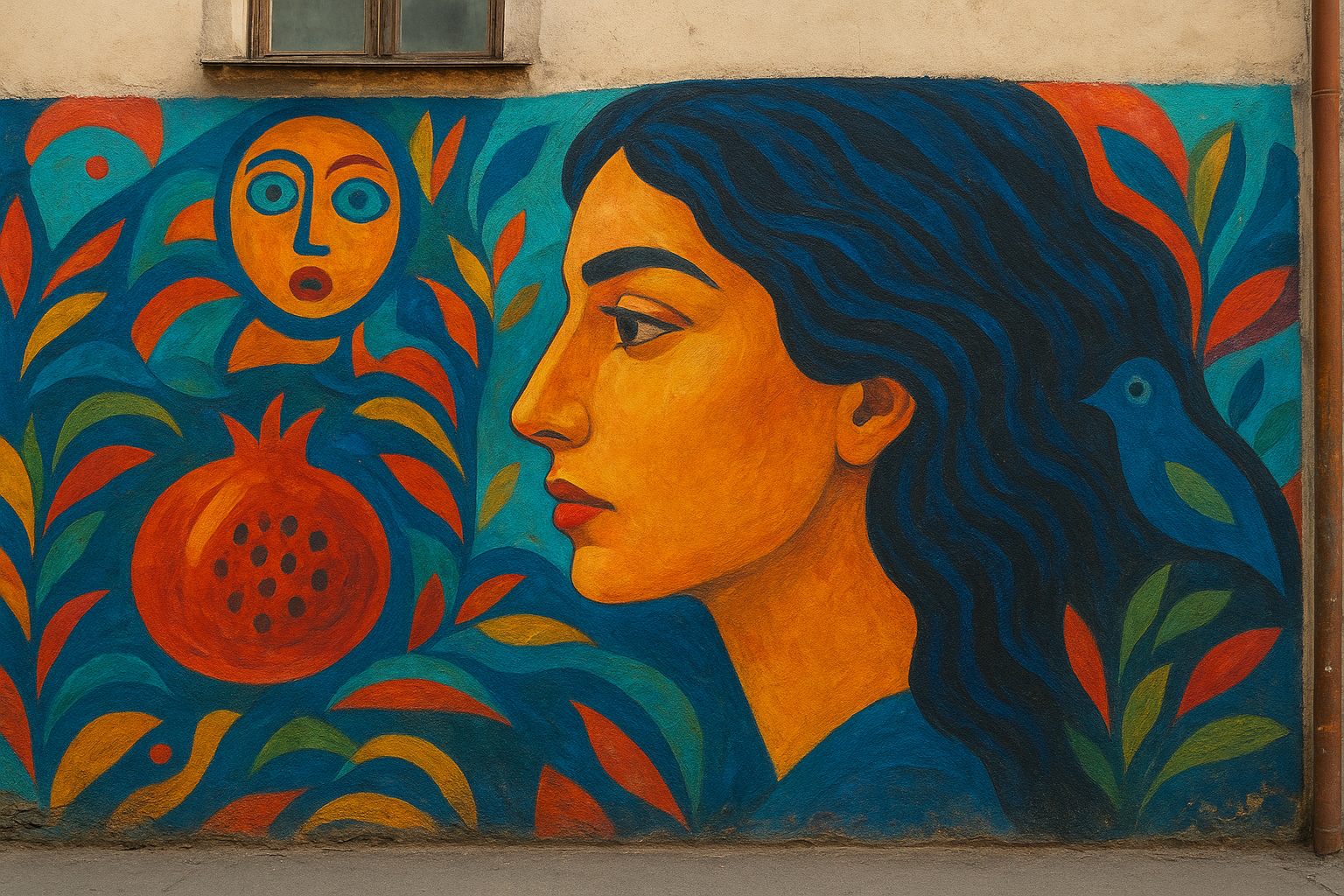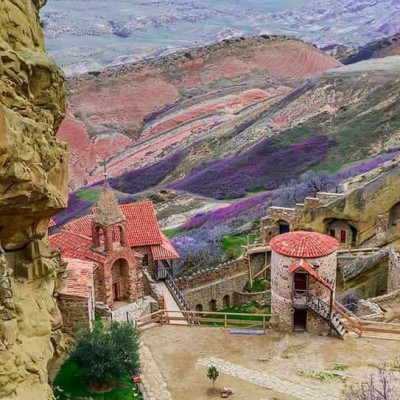
Tbilisi, the capital of Georgia, is a city where history and modern creativity meet, and one of the most vivid examples of this meeting can be found in its wall paintings and street art that have turned the city into an open-air gallery. From the narrow alleys of Sololaki to the lively Rustaveli Avenue and the alternative space of Fabrika, murals and graffiti reveal the vibrant pulse of the city and reflect its culture, history, and urban identity. The growth of street art in Tbilisi is a relatively recent phenomenon, but it has quickly become a strong form of cultural expression. Local and international artists alike use the city’s walls as canvases for their messages and visions, mixing aesthetics with social and political commentary. Street art here speaks directly to people, offering reflections on identity, freedom, and the challenges of modern life. Fabrika is perhaps the best-known hotspot, a former Soviet sewing factory now transformed into a cultural hub. Its walls are covered with bold murals that symbolize Tbilisi’s ability to reinvent its past into spaces of freedom and creativity. Another district where street art thrives is Marjanishvili, where murals of folklore figures, abstract forms, and socially engaged themes brighten old buildings and hidden courtyards. What makes Tbilisi’s street art unique is the way it blends the old with the new. Some works feature traditional Georgian motifs or historic personalities, while others address globalization, environmental issues, or modern youth culture. This duality mirrors the spirit of the city itself, where tradition and innovation constantly interact. Street art has also become an attraction for visitors. Guided tours now explore murals and graffiti across the city, turning ordinary walks into journeys of discovery. Many artworks appear in unexpected places—underpasses, bridges, or residential courtyards—creating surprises that make exploring Tbilisi even more engaging. Artists like Gagosh, Dr. Love, and TamOonz have made strong contributions with styles ranging from playful characters to deep social reflections, while international creators have added global perspectives. For locals, these paintings are not just decoration; they are symbols of change and a new openness in the city. Some projects are supported by institutions, while others emerge spontaneously at night as part of the underground graffiti culture. This gives Tbilisi’s street art its authentic and dynamic character. The murals also contribute to urban revival, drawing cafes, galleries, and shops to neighborhoods where they appear and turning them into lively social spaces. For tourists, photographers, and social media enthusiasts, the murals offer endless inspiration and make Tbilisi one of the most visually captivating capitals of the region. Beyond the bright colors, many artworks raise questions of migration, freedom of speech, or identity, sparking conversations that extend far beyond the painted walls. For visitors, engaging with these works is like entering into dialogue with the city itself. In the end, Tbilisi’s wall paintings and street art represent freedom, resilience, and creativity. They embody a city that reinvents itself while honoring its roots and offer travelers a chance to experience art not only in museums but in the streets where life unfolds every day.






 Deutsch
Deutsch
 русский
русский
